Safety equipments
This guide will show you which safety equipments are available in the Fablab and when to use them.
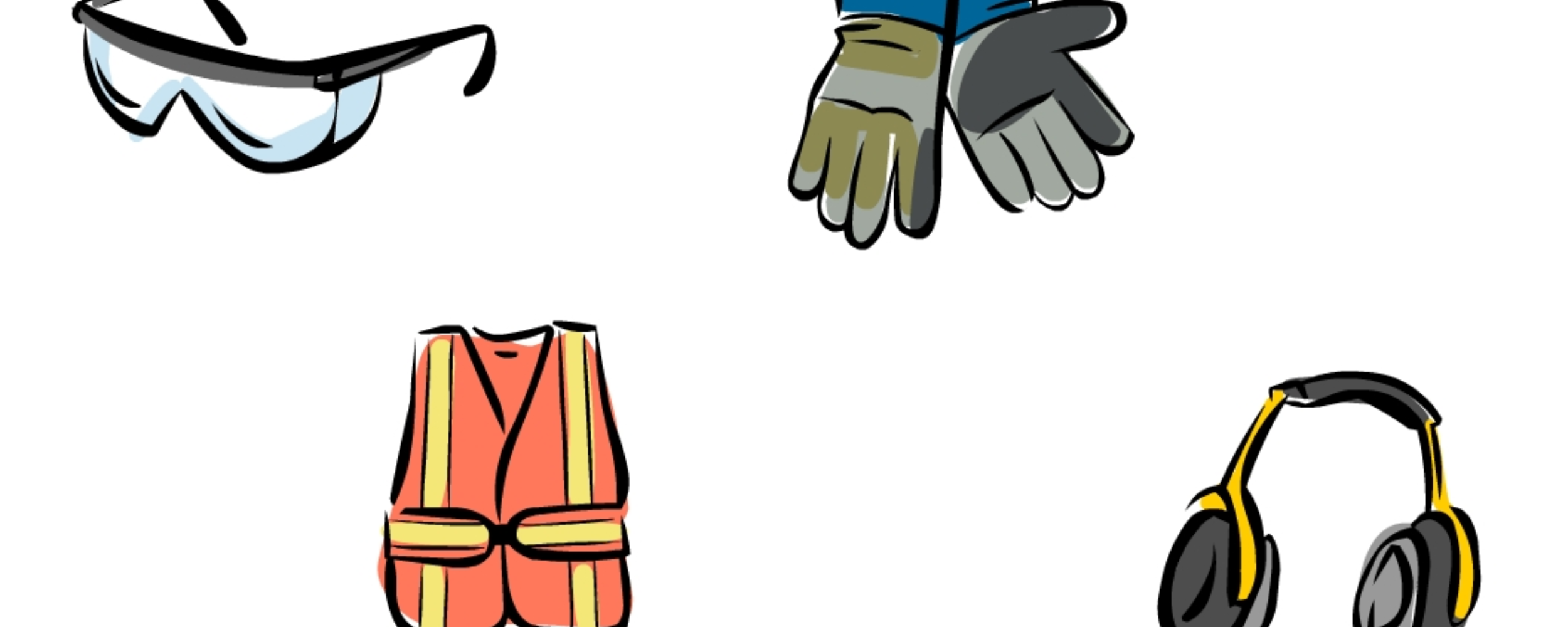
Introduction
Working in a Fablab is not a risk-free activity and needs time to process which protection will be adapted to which fabrication technique. Precipitation and lack of knowledge will be the main cause of accidents.
This guide will tackle both prevention equipments as well as response to danger procedures.
If you may have any doubt or inquiry, please refer to your supervisor.
Dangers and risks
| Category | Material | Risk | Protection |
|---|---|---|---|
| 3D Printing | Standard, Engineering plastics | Burns1 | Gloves2 |
| 3D Printing | ABS & Composite plastics | Burns1, Fumes3 | Gloves2, opening windows / gas mask4 |
| CNC | Wood | Projections5, dust | Opening windows / gas mask4, glasses6 |
| CNC | Metal | Projections5, chips | Glasses6 |
| CNC | Plastic & acrylic | Projections5, Fumes3, chips | Opening windows / gas mask4, glasses6 |
| Laser cutter | Any | Fumes3, Laser radiation7 | Opening windows / gas mask4, glasses8 |
| Hand tool | Heat gun | Burns1, Projections5 | Gloves2, glasses6 |
| Hand tool | Glue gun | Burns1 | Gloves2 |
| Hand tool | Drill | Projections5, rotary engine9 | Gloves2, glasses6 |
| Hand tool | Sanding machine | Burns1, Projections5 | Gloves2, gas mask4, glasses6 |
| Hand tool | Soldering iron | Burns1, Projections5 | Gloves2, glasses6 |
PPE | Personal Protective Equipment
Personal Protective Equipment is a must-have in a Fablab. It is the first line of defense against accidents. Here is a list of PPE available in the Fablab:
| Equipment | Dangers it answers to | Illustration |
|---|---|---|
| Plastic glasses | Projections, chips | 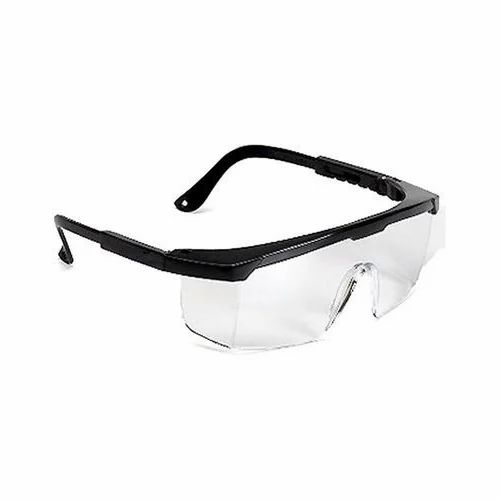 |
| UV glasses | UV light | 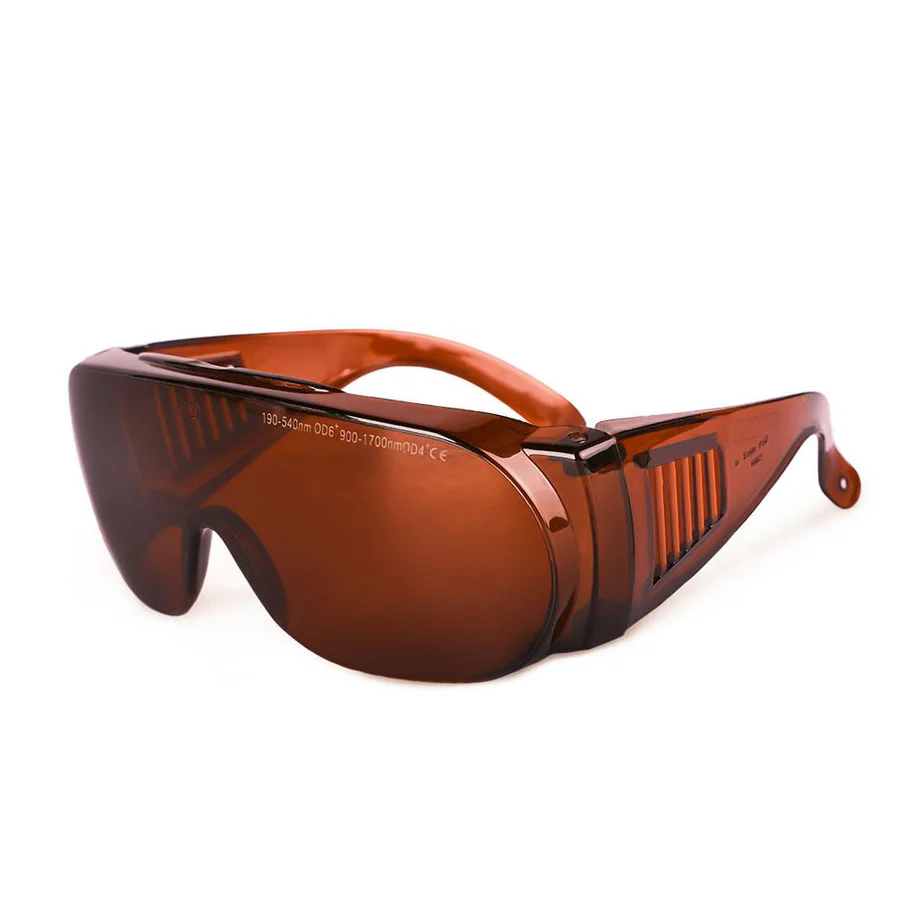 |
| Cut resistant gloves | Cut, saw, cutter | 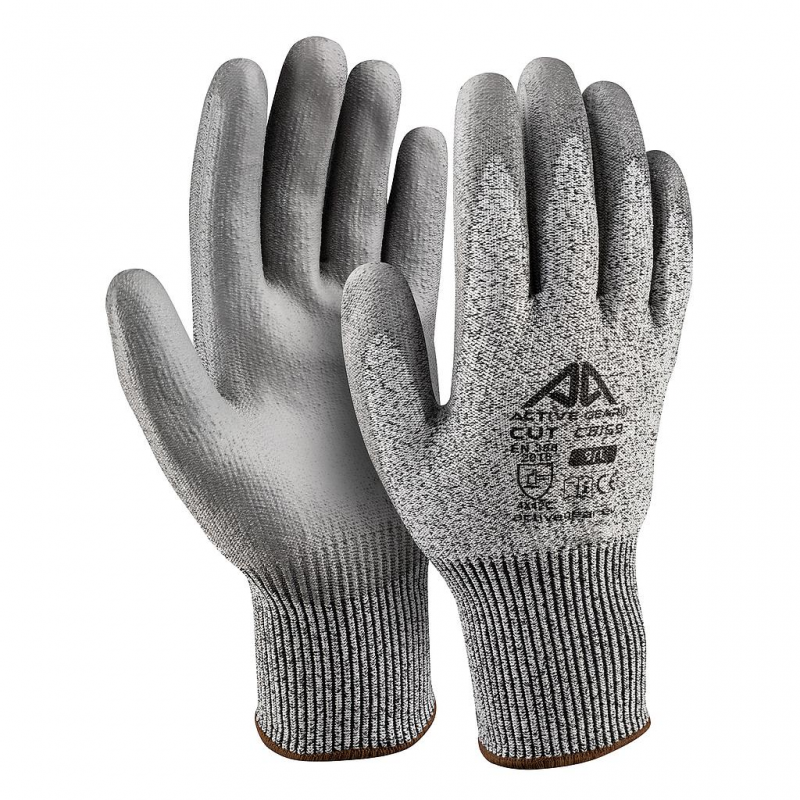 |
| Heat resistant gloves | High heat | 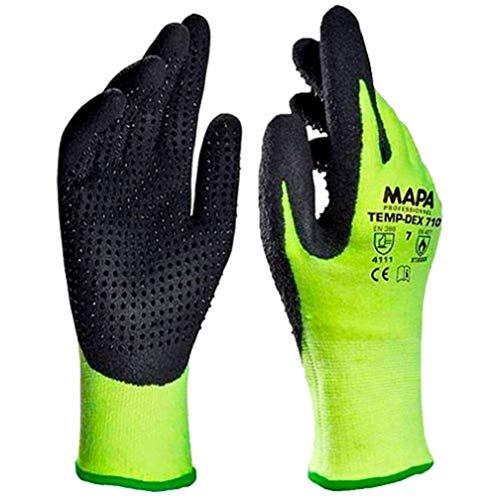 |
| Headset | Loud noises |  |
| Gaz mask | Fumes, projections | 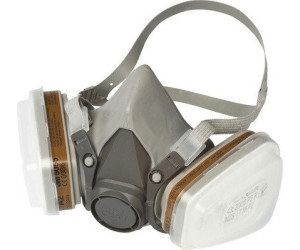 |
Fire extinguisher
There exist two types of fire extinguishers that we could use :
- Water extinguisher : This type of extinguisher is used for class A fires. It displays a high efficiency in extinguishing wood, paper, and textile fires. It is not recommended for electrical fires or flammable liquids as it dispenses water at a high pressure.
- CO2 extinguisher : This type of extinguisher is used for class B and C fires. It is efficient in extinguishing electrical fires and flammable liquids. It is not recommended for class A fires as it does not cool down the fire.
First aid kit
You may find in the corridor a first aid kit. It contains the following items :
- Bandages : To cover wounds and stop bleeding.
- Compression gaze pads : To stop bleeding.
- Disinfectant : To clean wounds.
- Scissors : To cut bandages.
- Tweezers : To remove splinters.
- Blanket : To keep the victim warm.
- Triangular bandage : To immobilize a limb.
- Gloves : To protect the first aider.
- Eye wash : To clean eyes.
For more information, an exhaustive list is available on the first aid kit itself.
Callable numbers
In case of emergency, here are the numbers you should call :
- Firefighters : 18 (direct line from the building)
- Ambulance : 15
- Poison control center : 01 40 05 48 48